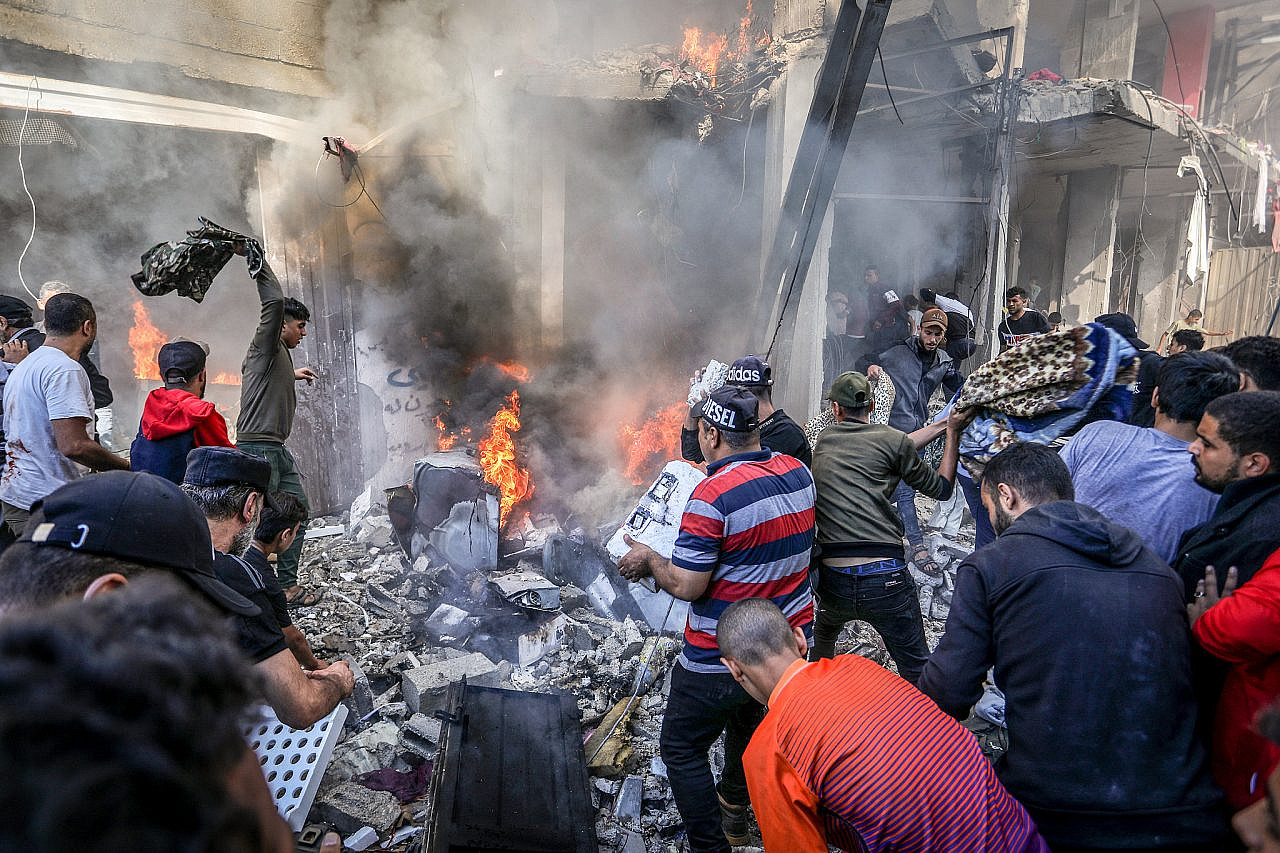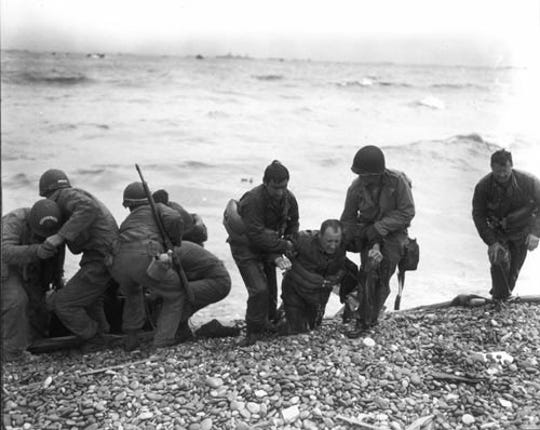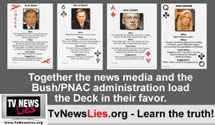 On Monday, August 6, 1945, after six months of intense firebombing of 67 other Japanese cities, the United States dropped a nuclear weapon nicknamed "Little Boy" on the city of Hiroshima , Japan. This attack was followed on August 9 by the detonation of the "Fat Man" nuclear bomb over the Japanese city of Nagasaki. To date, these are the only attacks with nuclear weapons in the history of warfare.
On Monday, August 6, 1945, after six months of intense firebombing of 67 other Japanese cities, the United States dropped a nuclear weapon nicknamed "Little Boy" on the city of Hiroshima , Japan. This attack was followed on August 9 by the detonation of the "Fat Man" nuclear bomb over the Japanese city of Nagasaki. To date, these are the only attacks with nuclear weapons in the history of warfare.
The Bombs of August
When the bombs were dropped I was very happy. The war would be over now, they said, and I was very happy. The boys would be coming home very soon they said, and I was very happy. We showed ‘em, they said, and I was very happy. They told us that the cities of Hiroshima and Nagasaki had been destroyed, and I was very happy. But in August of 1945 I was only ten years old, and I was very, very happy.
The crew of the B-29 was so young and heroic, and in the photo they also looked very happy. For some reason, I clearly remember the name of the pilot, Paul Tibbets. Of course I remember the name of the plane, the Enola Gay. And oh yes, I remember the name of the bomb. It was called Little Boy. That made me smile.
I was so proud to be an American that day because we had done something so remarkable. They said we were the first. We were Americans. We were powerful. But they didn’t say that Little Boy had killed 66,000 people with its huge fireball that fateful day in August. They didn’t say that Hiroshima was not a military target, but a city filled with men and women and children and animals who had no idea they were about to die so horribly.
When you’re ten, they don’t always tell you everything.
I don’t think anyone made as big a fuss over the second plane, or its crew. Are they even in the Smithsonian? Second best doesn’t count, I suppose, but I remember wondering why they had done it again. Wouldn’t the war be over anyway, like they said? Weren’t the boys coming home very soon? Hadn’t they already showed ‘em how strong we were in Hiroshima? So they told me that the second bomb was called Fat Man, and that made me smile.
So I was even prouder to be an American that second day. They said this would be the end for sure, and after all, these people were the enemy and you kill the enemy when you can. But they didn’t tell me that Fat Boy had killed 39,000 human beings with another fireball on another day in August. They didn’t tell me that Nagasaki was not a military target, but a city filled with…well, you know. They didn’t even tell me that there were horses trapped in the flames of More...Nagasaki, because I loved horses and that would have made me sad.
But when you’re ten, they don’t tell you everything.
More...
 The United States will mark the 84th anniversary of the Japanese attack on the U.S. naval base in Pearl Harbor, Hawaii, on Sunday, Dec. 7, as the number of Americans belonging to "the Greatest Generation" who lived through World War II diminishes.
The United States will mark the 84th anniversary of the Japanese attack on the U.S. naval base in Pearl Harbor, Hawaii, on Sunday, Dec. 7, as the number of Americans belonging to "the Greatest Generation" who lived through World War II diminishes.
 War Glance
War Glance:focal(1285x1016:1286x1017)/https://tf-cmsv2-smithsonianmag-media.s3.amazonaws.com/filer_public/d1/4e/d14ed238-3b62-4506-9f53-fc2178dade60/nov2025_d17_prologue.jpg) In the fall of 1945, a bit more than six years after Nazi Germany invaded Poland and started the biggest and deadliest conflict in history, a largely self-taught lawyer from a tiny hamlet in the southwest corner of New York State set out to convict the surviving Nazi leadership of crimes “so malignant, and so devastating, that civilization cannot tolerate their being ignored, because it cannot survive their being repeated.”
In the fall of 1945, a bit more than six years after Nazi Germany invaded Poland and started the biggest and deadliest conflict in history, a largely self-taught lawyer from a tiny hamlet in the southwest corner of New York State set out to convict the surviving Nazi leadership of crimes “so malignant, and so devastating, that civilization cannot tolerate their being ignored, because it cannot survive their being repeated.” On Monday, August 6, 1945, after six months of intense firebombing of 67 other Japanese cities, the United States dropped a nuclear weapon nicknamed "Little Boy" on the city of Hiroshima , Japan. This attack was followed on August 9 by the detonation of the "Fat Man" nuclear bomb over the Japanese city of Nagasaki. To date, these are the only attacks with nuclear weapons in the history of warfare.
On Monday, August 6, 1945, after six months of intense firebombing of 67 other Japanese cities, the United States dropped a nuclear weapon nicknamed "Little Boy" on the city of Hiroshima , Japan. This attack was followed on August 9 by the detonation of the "Fat Man" nuclear bomb over the Japanese city of Nagasaki. To date, these are the only attacks with nuclear weapons in the history of warfare.

































